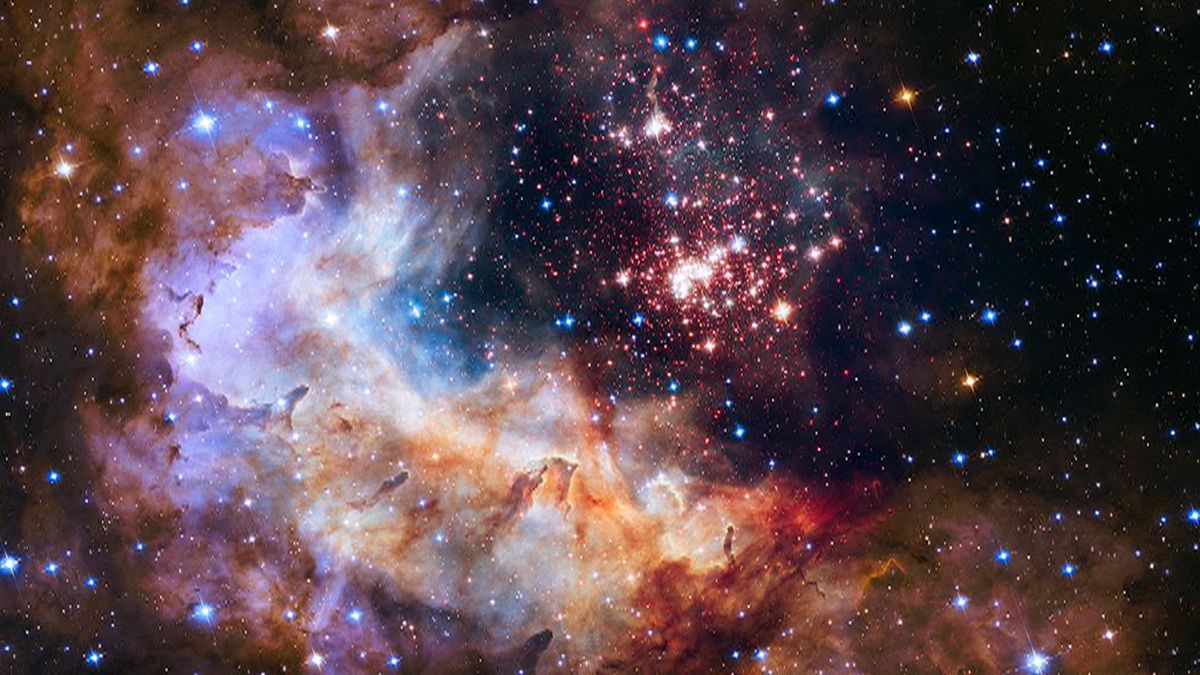It is an anniversary image that is out of this world! For the 25th birthday of the Hubble Space Telescope, NASA has released a celestial snapshot
It is an anniversary image that is out of this world!
For the 25th birthday of the Hubble Space Telescope, NASA has released a celestial snapshot captured by the orbiting observatory itself.
The official image for #Hubble25 has been released. The young stars flaring to life resemble a fireworks display: http://t.co/54vyPMN85Z
— NASA Kennedy / KSC (@NASAKennedy) April 23, 2015
The picture shows a stellar nursery located about 20,000 light-years away in the constellation Carina.
“We can differentiate star from star, even in crowded regions like this cluster, so this helps us scientifically to be able to understand what kind of stars are in this cluster, how they are different from one another, how the population may have formed in the first place,” explained Hubble Senior Project Scientist Jennifer Wiseman.
“ We can study the characteristics because of Hubble’s exquisite sensitivity and resolution.”
Learning about the life-cycle of stars was one of the reasons Hubble was built and launched on April 24 1990.
Quarter of a century later, it is still going strong.
“We never thought it would last this long,” said NASA administrator and former astronaut Charlie Bolden, the pilot on the mission that launched Hubble.
“Hubble has fundamentally changed our human understanding of our universe,” Bolden said.
NASA hopes to keep Hubble operating through 2020 to overlap with its infrared successor, the James Webb Space Telescope, due to launch in October 2018.
